Rat Model for Renal Ischemia-Reperfusion Injury (RIRI)
Renal Ischemia
- Product No.DSI529Ra01
- Organism SpeciesRattus norvegicus (Rat) Same name, Different species.
- Prototype SpeciesHuman
- SourceIschemia-Reperfusion, Clamp of Bilateral renal artery
- Model Animal StrainsSD rats (SPF level), male, body weight 220g~250g
- Modeling GroupingRandomly divided into groups: Control group, Model group, Positive drug group and Test drug group, 15 rats per group.
- Modeling Period1 week
- Modeling Method1. Select 250g rats, fasting 12h, free drinking water before operation.
2.15% hydrate of chlorine aldehyde(350mg/kg) intraperitoneal injection of anesthesia, shave back, skin disinfection.
3. Cut the skin and muscles in the lower back(1.0 cm), the lower edge of the rib (1.0cm), visible to the kidneys, carefully separated from both sides of the renal artery of the kidney, the rapid use of arterial clamp on both sides of the renal artery.
4. Ischemia 60 mins, loosen the artery clamp, restore blood flow, observe the renal recovery.
5. Suture , after the rats awaked, put it back to clean cage, observe the state and death of rats, and make records.
6. Control group do not take the ischemic operation, the other operation is the same.
7. Take samples at 0h, 3h, 6h, 12h, 24h, 72h six time points after reperfusion. Anesthesia rats, pick the eye to take blood, 4℃,
3000r, 10 minutes to get serum, stored at -80℃. At the same time, take the left kidney tissue to be used as samples. - ApplicationsDisease Model
- Downloadn/a
- UOM Each case
- FOB
US$ 200
For more details, please contact local distributors!
Model Evaluation
1. Detection of serum biochemical indexes:
Take (0h, 1h, 3h, 6h, 12h, 24h, 72h) serum, detection of serum BUN (urea nitrogen) and Scr (serum creatinine) level, to assess renal function.
2. Detection of renal coefficient:
The removal of both kidneys, physiological saline, weighing calculation renal coefficient.
Renal coefficient = bilateral kidney weight (mg)/body weight (g)
3.Tubular necrosis score index:
Each section x 200 times mirror the outer medulla 10 horizons,
0 = normal,
1 = minor damage (impaired tubular < 5%),
2 = mild damage (renal tubular damage 5% ~ 25%),
3 = moderate injury (damaged renal tubular 25% ~ 75%),
4 = severe injury (damaged renal tubular > 75%) for semi quantitative analysis and calculate the mean.
Pathological Results
4% poly formaldehyde solution fixed for 48h. Conventional tissue dehydration, transparency, paraffin wax, embedding. Paraffin sections are stained with HE and PAS.
In control group, the glomerular, renal tubular and interstitial structure of the rats are normal.
In the model group, with reperfusion time extended, presenting different degrees of pathological changes, in renal tubular epithelial cells cloudy swelling, water or vacuolar degeneration, loss of brush border, part of the solidification of renal tubular epithelial cell necrosis, fall off, can be seen within the lumen of the tube type, and visible interstitial edema, interstitial focal infiltration of inflammatory cells, glomerular lesions is not obvious.
Cytokines Level
ELISA methods are used to detect serum levels of IL-6 and TNF-α. The content of TNF-α and IL-6 in model group was significantly higher than that in control group at all time points, and 24h was the most significant.
Statistical Analysis
SPSS software is used for statistical analysis, measurement data to mean ± standard deviation (x ±s), using t test and single factor analysis of variance for group comparison, P<0.05 indicates there was a significant difference, P<0.01 indicates there are very significant differences.
GIVEAWAYS
INCREMENT SERVICES
-
 Tissue/Sections Customized Service
Tissue/Sections Customized Service
-
 Serums Customized Service
Serums Customized Service
-
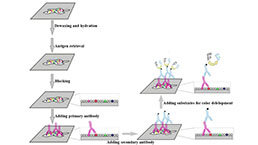 Immunohistochemistry (IHC) Experiment Service
Immunohistochemistry (IHC) Experiment Service
-
 Small Animal In Vivo Imaging Experiment Service
Small Animal In Vivo Imaging Experiment Service
-
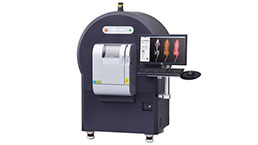 Small Animal Micro CT Imaging Experiment Service
Small Animal Micro CT Imaging Experiment Service
-
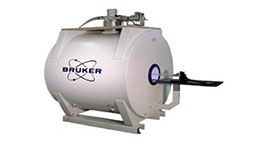 Small Animal MRI Imaging Experiment Service
Small Animal MRI Imaging Experiment Service
-
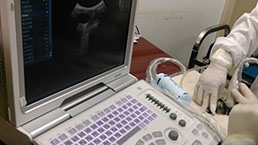 Small Animal Ultrasound Imaging Experiment Service
Small Animal Ultrasound Imaging Experiment Service
-
 Transmission Electron Microscopy (TEM) Experiment Service
Transmission Electron Microscopy (TEM) Experiment Service
-
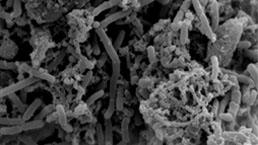 Scanning Electron Microscope (SEM) Experiment Service
Scanning Electron Microscope (SEM) Experiment Service
-
 Learning and Memory Behavioral Experiment Service
Learning and Memory Behavioral Experiment Service
-
 Anxiety and Depression Behavioral Experiment Service
Anxiety and Depression Behavioral Experiment Service
-
 Drug Addiction Behavioral Experiment Service
Drug Addiction Behavioral Experiment Service
-
 Pain Behavioral Experiment Service
Pain Behavioral Experiment Service
-
 Neuropsychiatric Disorder Behavioral Experiment Service
Neuropsychiatric Disorder Behavioral Experiment Service
-
 Fatigue Behavioral Experiment Service
Fatigue Behavioral Experiment Service
-
 Nitric Oxide Assay Kit (A012)
Nitric Oxide Assay Kit (A012)
-
 Nitric Oxide Assay Kit (A013-2)
Nitric Oxide Assay Kit (A013-2)
-
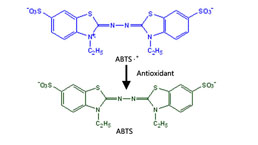 Total Anti-Oxidative Capability Assay Kit(A015-2)
Total Anti-Oxidative Capability Assay Kit(A015-2)
-
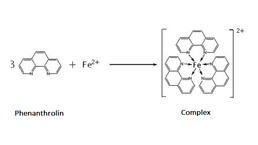 Total Anti-Oxidative Capability Assay Kit (A015-1)
Total Anti-Oxidative Capability Assay Kit (A015-1)
-
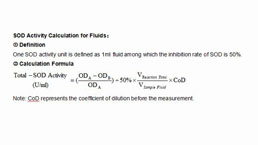 Superoxide Dismutase Assay Kit
Superoxide Dismutase Assay Kit
-
 Fructose Assay Kit (A085)
Fructose Assay Kit (A085)
-
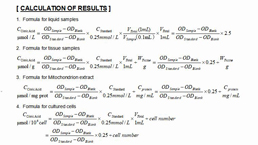 Citric Acid Assay Kit (A128 )
Citric Acid Assay Kit (A128 )
-
 Catalase Assay Kit
Catalase Assay Kit
-
 Malondialdehyde Assay Kit
Malondialdehyde Assay Kit
-
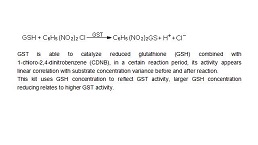 Glutathione S-Transferase Assay Kit
Glutathione S-Transferase Assay Kit
-
 Microscale Reduced Glutathione assay kit
Microscale Reduced Glutathione assay kit
-
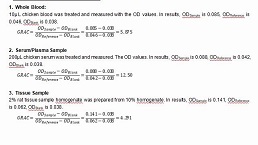 Glutathione Reductase Activity Coefficient Assay Kit
Glutathione Reductase Activity Coefficient Assay Kit
-
 Angiotensin Converting Enzyme Kit
Angiotensin Converting Enzyme Kit
-
 Glutathione Peroxidase (GSH-PX) Assay Kit
Glutathione Peroxidase (GSH-PX) Assay Kit
-
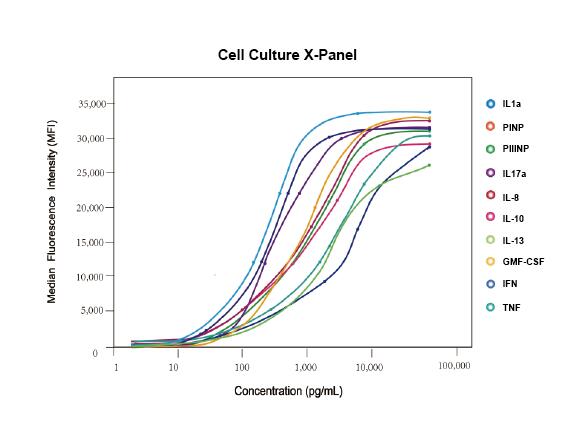 Cloud-Clone Multiplex assay kits
Cloud-Clone Multiplex assay kits
| Catalog No. | Related products for research use of Rattus norvegicus (Rat) Organism species | Applications (RESEARCH USE ONLY!) |
| DSI529Ra01 | Rat Model for Renal Ischemia-Reperfusion Injury (RIRI) | Disease Model |






